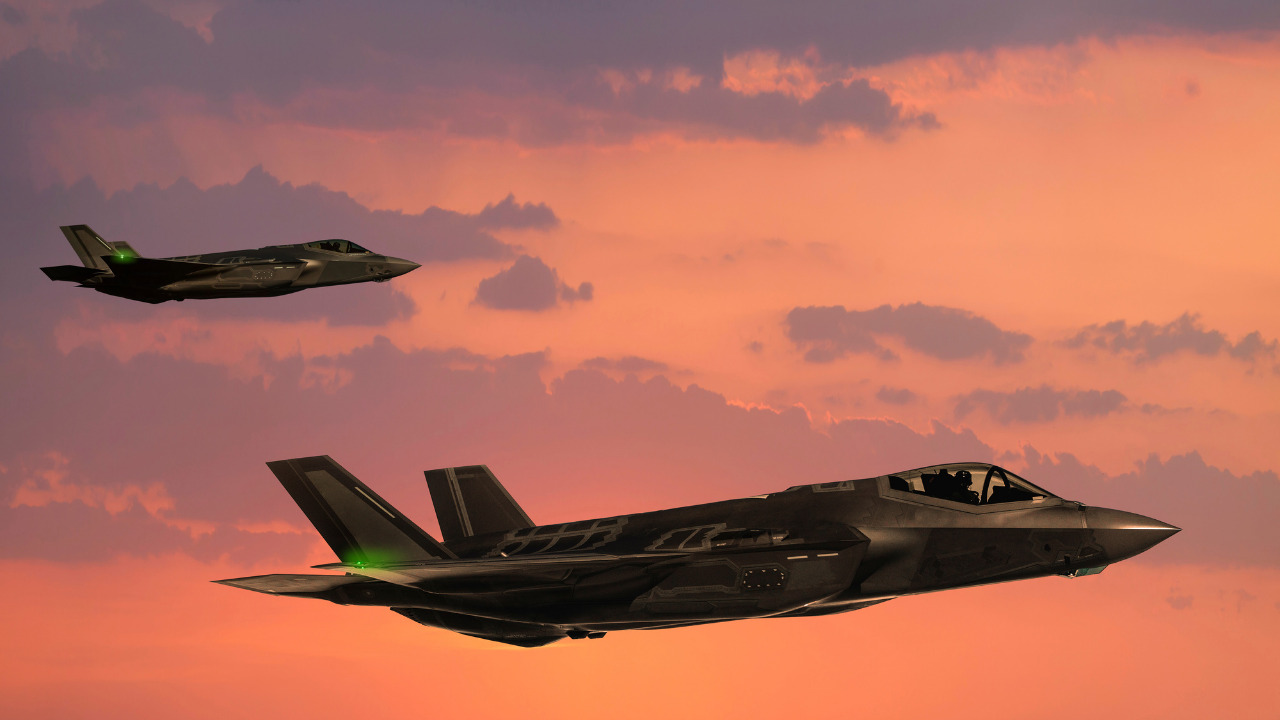Date first published: 22/03/2022
Key sectors: all; defence
Key risks: all; war on land
Risk development
On 27 February Germany’s Chancellor Olaf Scholz gave a special address to the Bundestag in which he described Russia’s invasion of Ukraine as a ‘Zeitenwende’ or turning point in the history of the European continent. He proceeded to announce that Berlin would commit to invest two per cent of GDP on defence spending – a longstanding target for NATO members – and pledged to allocate EUR100bln (US$110bln) from the 2022 budget towards revamping Germany’s armed forces, known as the Bundeswehr. The announcement followed several other recent policy reversals including suspension of the certification procedure for the Nord Stream 2 (NS2) pipeline and the supply of weapons to Ukraine, ending a ban on the supply of German-made weapons to conflict zones. Together, these developments mark the most profound shift in German foreign policy in 30 years.
Why it matters
This shift on defence is important both for national security and Germany’s role as a responsible stakeholder in NATO. Following years of underfunding and neglect the Bundeswehr in its current state is limited in its readiness to support NATO in the event of conflict. For example, a December 2021 report published by the Defence Ministry found that only 40 per cent of NH90 and Tiger helicopters were combat-ready, and less than 30 per cent of the naval fleet was fully operational for high-intensity operations. While EUR100bln is a significant sum – only the US and China will spend more on defence in 2022 – a large proportion of the fund will be spent on restocking depleted stores of ammunition and replacing outdated weapon systems. It will not, therefore, lead to a grand expansion of the Bundeswehr.
Background
Moscow’s invasion of Ukraine has underscored that successive German governments put economic trade with Russia before national and European security concerns. Russia invaded Georgia in 2008, annexed Crimea and has fuelled a conflict in the Donbas region in Ukraine since 2014. Despite these warnings, an agreement to build the NS2 pipeline – designed to deliver Russian natural gas directly to Germany and bypass the traditional eastern European transit states – was signed in 2015. Berlin even decided to undergo an energy transition, known as ‘Energiewende’, whereby nuclear power would be phased out and Russian natural gas would be used as a ‘bridging’ technology until renewable energy sources were fully developed. The pursuit of economic independence was based partly on the idea of ‘Wandel durch Handel’ or change through trade – the notion that trade would eventually lead to reform in Russia. The policy delivered trade, but never produced change.
Risk outlook
There are two key risks moving forward. The first is that Berlin fails to develop a long-term defence strategy to accompany the new investment. This begins with defining national interests and ensuring that current projects such as the Future Combat Air System (FCAS) – a Spanish-French-German project to develop a state-of-the-art European fighter jet – are integrated into that strategy. It also requires investment in arms production capacity, which is currently limited. The second risk is that the political will to oversee the defence overhaul fades. While the outcome of Moscow’s invasion of Ukraine remains uncertain, should the conflict come to an end relatively quickly, it would surely be a mistake to revert back to the foreign policy norms of the past 30 years.

